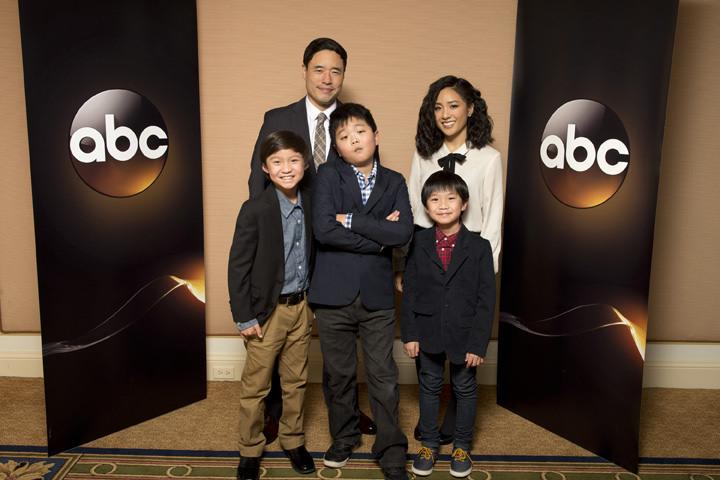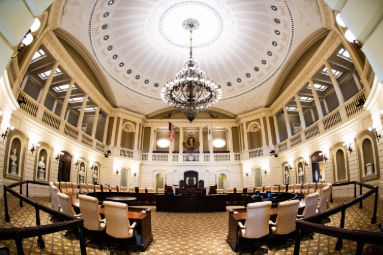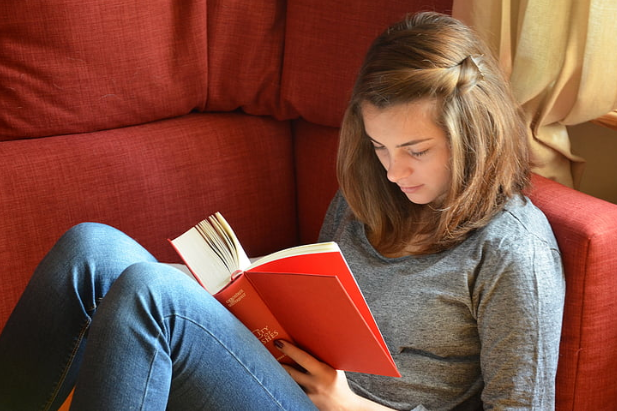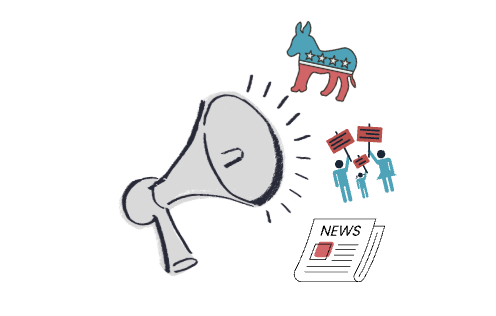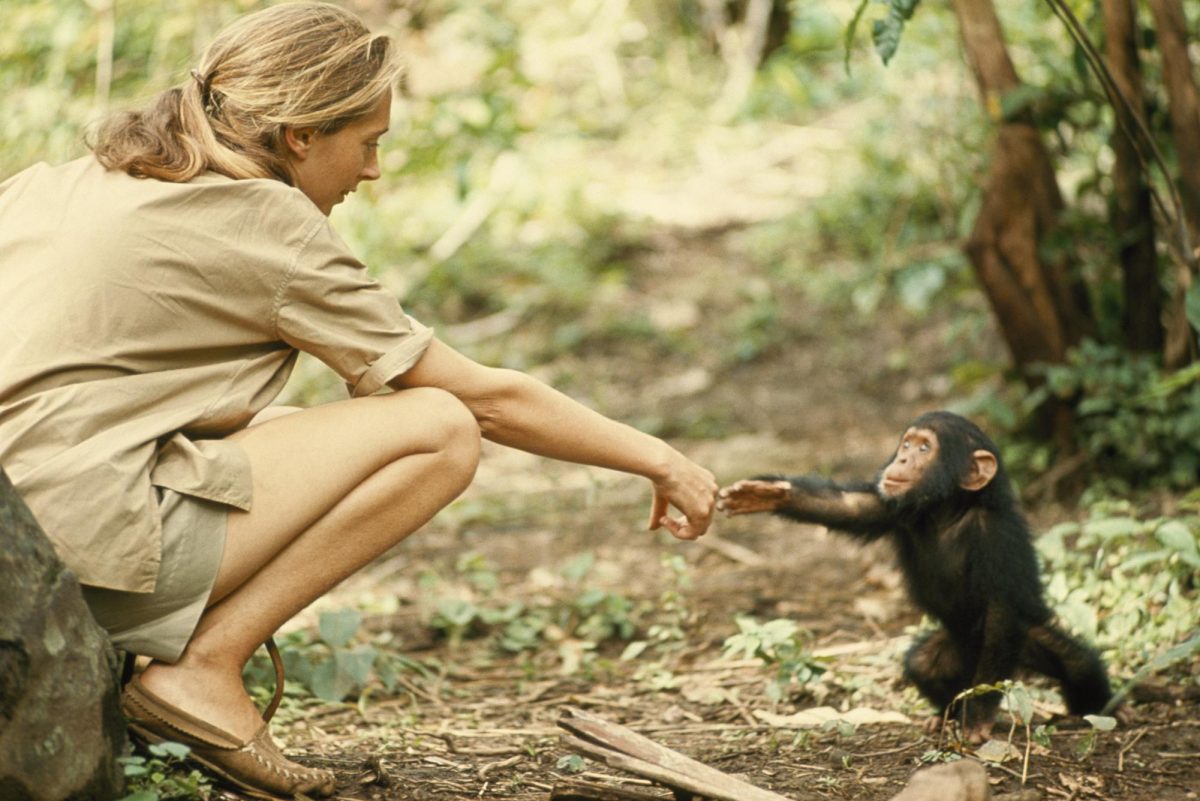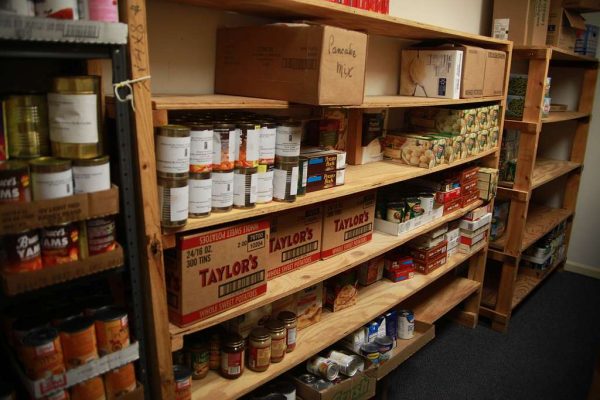A new-coming age in Hollywood casting
Starring in a ABC’s new TV show Fresh Off The Boat, this cast is all Asian represented. Primarily in Hollywood today, most casts do not represent minorities or women accurately.
February 17, 2017
It can be noticed that more women have been cast in main character roles, like Katniss, Elsa, and Black Widow. Female empowerment in films is significantly rising, but is this really enough? In addition, one can notice that the examples given in the previous sentence were all white female characters. Hollywood has been known to opt out on casting individuals who differ on a gender, racial, ethnic, or sexuality-related spectrum.
In 2016, hashtags like #OscarsSoWhite and #HollywoodSoWhite were trending on Twitter to show that Hollywood is in need of a diversity makeover. A study by the University of Southern California studied over 21,000 characters and workers on set of over 400 films found an “epidemic of invisibility” within the minorities of Hollywood. From this same study, only 33 percent of all speaking roles were performed by women and 28 percent were individuals of non-white racial groups.
A popular opinion now is that movies and TV shows should focus on the plot of their scripts, and not limit a character’s potential on-show personality because of race. In the coming years, movies with strong female roles such as Wonder Woman starring Diana Prince, Marvel’s Black Panther starring Lupita Nyong’o, and a Harriet Tubman Biopic starring Viola Davis are to be released. Though two of these films represent black women, various other female lead characters are white. It is good that minority women are getting representation, but their opportunities for roles are drastically limited.
Hamilton, a popular musical written by Lin-Manuel Miranda, has become a sensation throughout pop culture this past year. The cast of Hamilton only has one white actor, meaning that the entire cast is minorities. When the producers issued a casting call in March of last year, there was criticism for their non-white requests. In response, cast members from Hamilton said that it could be different if there was a request for only white actors.
Regarding modern TV, lately popular shows such as Black-ish, Empire, and Fresh Off The Boat have shown appropriate representation with predominantly minority casts. Despite these revolutionary castings, most TV shows under-represent Asian, LGBT, and black characters. Only two percent of characters represented as lesbian or bisexual had speaking roles on TV. “I didn’t know that percentage was real, but I can definitely believe it. There is no representation of these people in almost anything nowadays. Now you have to pick specific TV shows and movies that do represent LGBT individuals,” said senior Maegan Wilson.
Women, LGBT, and non-white races and ethnicities have not been accurately represented lately in Hollywood, but that does not mean people should stop campaigning to introduce change and innovation within the Hollywood community.


